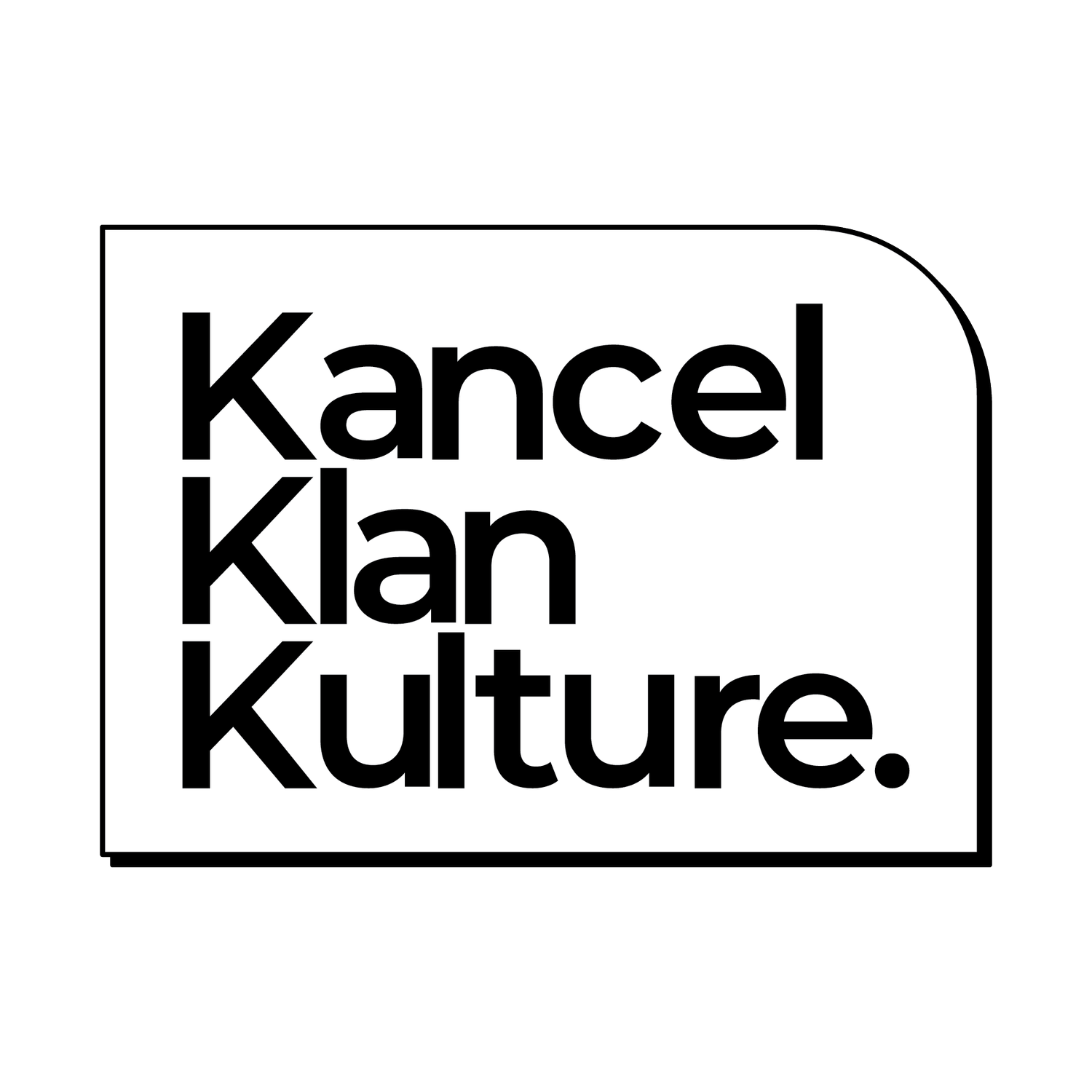The Tiananmen Square Massacre
The Tiananmen Square Massacre, also known as the June Fourth Incident, refers to the violent suppression of pro-democracy protests in Beijing, China, in 1989. Here is an overview of the event:
Background
-
Economic and Political Context: During the 1980s, China was undergoing significant economic reforms under the leadership of Deng Xiaoping. These reforms led to rapid economic growth but also resulted in increased corruption, inflation, and a growing disparity between the rich and the poor. Many citizens, especially students, began demanding political reforms to accompany the economic changes, including greater political freedom, democratic governance, and the eradication of corruption.
-
Initial Protests: The protests began in April 1989 following the death of Hu Yaobang, a former Communist Party leader known for his liberal views and support of reform. Students gathered in Tiananmen Square to mourn his death, which quickly evolved into large-scale demonstrations demanding political reform.
The Protests
-
Escalation: Throughout April and May, the protests grew in size and intensity, attracting students, intellectuals, and eventually workers and other segments of society. The protesters called for various political reforms, including freedom of speech, freedom of the press, and government accountability.
-
Government Response: The Chinese government initially attempted to negotiate with the protesters but became increasingly alarmed by the scale of the movement. Internal divisions within the government led to a hardline faction gaining the upper hand, advocating for a strong response to restore order.
The Crackdown
-
Martial Law: On May 20, 1989, the government declared martial law and mobilized troops to Beijing. However, initial attempts to move troops into the city were blocked by residents who sympathized with the protesters.
-
June 3-4, 1989: In the late evening of June 3 and early morning of June 4, the Chinese government decided to forcefully clear Tiananmen Square. The military, using tanks and armed troops, moved into the square, opening fire on unarmed protesters and bystanders. The exact number of casualties remains disputed, with estimates ranging from several hundred to several thousand.
Aftermath
-
Immediate Aftermath: The massacre resulted in a severe crackdown on political dissent in China. Many protest leaders were arrested, executed, or went into exile. The Chinese government implemented strict censorship and reinforced its control over the media.
-
International Reaction: The international community widely condemned the Chinese government's actions. Many countries imposed economic sanctions and arms embargoes on China. However, over time, international relations and economic interactions with China resumed and expanded.
-
Legacy: The Tiananmen Square Massacre remains a highly sensitive and censored topic in China. The government maintains tight control over information related to the incident, and public discussion or commemoration is strictly prohibited. Internationally, the event is remembered as a symbol of the struggle for human rights and democratic freedoms.
The Tiananmen Square Massacre is a pivotal moment in modern Chinese history, representing the tension between authoritarian governance and the push for political liberalization.
The Tiananmen Square Massacre, also known as the June Fourth Incident, refers to the violent suppression of pro-democracy protests in Beijing, China, in 1989. Here is an overview of the event:
Background
-
Economic and Political Context: During the 1980s, China was undergoing significant economic reforms under the leadership of Deng Xiaoping. These reforms led to rapid economic growth but also resulted in increased corruption, inflation, and a growing disparity between the rich and the poor. Many citizens, especially students, began demanding political reforms to accompany the economic changes, including greater political freedom, democratic governance, and the eradication of corruption.
-
Initial Protests: The protests began in April 1989 following the death of Hu Yaobang, a former Communist Party leader known for his liberal views and support of reform. Students gathered in Tiananmen Square to mourn his death, which quickly evolved into large-scale demonstrations demanding political reform.
The Protests
-
Escalation: Throughout April and May, the protests grew in size and intensity, attracting students, intellectuals, and eventually workers and other segments of society. The protesters called for various political reforms, including freedom of speech, freedom of the press, and government accountability.
-
Government Response: The Chinese government initially attempted to negotiate with the protesters but became increasingly alarmed by the scale of the movement. Internal divisions within the government led to a hardline faction gaining the upper hand, advocating for a strong response to restore order.
The Crackdown
-
Martial Law: On May 20, 1989, the government declared martial law and mobilized troops to Beijing. However, initial attempts to move troops into the city were blocked by residents who sympathized with the protesters.
-
June 3-4, 1989: In the late evening of June 3 and early morning of June 4, the Chinese government decided to forcefully clear Tiananmen Square. The military, using tanks and armed troops, moved into the square, opening fire on unarmed protesters and bystanders. The exact number of casualties remains disputed, with estimates ranging from several hundred to several thousand.
Aftermath
-
Immediate Aftermath: The massacre resulted in a severe crackdown on political dissent in China. Many protest leaders were arrested, executed, or went into exile. The Chinese government implemented strict censorship and reinforced its control over the media.
-
International Reaction: The international community widely condemned the Chinese government's actions. Many countries imposed economic sanctions and arms embargoes on China. However, over time, international relations and economic interactions with China resumed and expanded.
-
Legacy: The Tiananmen Square Massacre remains a highly sensitive and censored topic in China. The government maintains tight control over information related to the incident, and public discussion or commemoration is strictly prohibited. Internationally, the event is remembered as a symbol of the struggle for human rights and democratic freedoms.
The Tiananmen Square Massacre is a pivotal moment in modern Chinese history, representing the tension between authoritarian governance and the push for political liberalization.
The Tiananmen Square Massacre, also known as the June Fourth Incident, refers to the violent suppression of pro-democracy protests in Beijing, China, in 1989. Here is an overview of the event:
Background
-
Economic and Political Context: During the 1980s, China was undergoing significant economic reforms under the leadership of Deng Xiaoping. These reforms led to rapid economic growth but also resulted in increased corruption, inflation, and a growing disparity between the rich and the poor. Many citizens, especially students, began demanding political reforms to accompany the economic changes, including greater political freedom, democratic governance, and the eradication of corruption.
-
Initial Protests: The protests began in April 1989 following the death of Hu Yaobang, a former Communist Party leader known for his liberal views and support of reform. Students gathered in Tiananmen Square to mourn his death, which quickly evolved into large-scale demonstrations demanding political reform.
The Protests
-
Escalation: Throughout April and May, the protests grew in size and intensity, attracting students, intellectuals, and eventually workers and other segments of society. The protesters called for various political reforms, including freedom of speech, freedom of the press, and government accountability.
-
Government Response: The Chinese government initially attempted to negotiate with the protesters but became increasingly alarmed by the scale of the movement. Internal divisions within the government led to a hardline faction gaining the upper hand, advocating for a strong response to restore order.
The Crackdown
-
Martial Law: On May 20, 1989, the government declared martial law and mobilized troops to Beijing. However, initial attempts to move troops into the city were blocked by residents who sympathized with the protesters.
-
June 3-4, 1989: In the late evening of June 3 and early morning of June 4, the Chinese government decided to forcefully clear Tiananmen Square. The military, using tanks and armed troops, moved into the square, opening fire on unarmed protesters and bystanders. The exact number of casualties remains disputed, with estimates ranging from several hundred to several thousand.
Aftermath
-
Immediate Aftermath: The massacre resulted in a severe crackdown on political dissent in China. Many protest leaders were arrested, executed, or went into exile. The Chinese government implemented strict censorship and reinforced its control over the media.
-
International Reaction: The international community widely condemned the Chinese government's actions. Many countries imposed economic sanctions and arms embargoes on China. However, over time, international relations and economic interactions with China resumed and expanded.
-
Legacy: The Tiananmen Square Massacre remains a highly sensitive and censored topic in China. The government maintains tight control over information related to the incident, and public discussion or commemoration is strictly prohibited. Internationally, the event is remembered as a symbol of the struggle for human rights and democratic freedoms.
The Tiananmen Square Massacre is a pivotal moment in modern Chinese history, representing the tension between authoritarian governance and the push for political liberalization.
































































